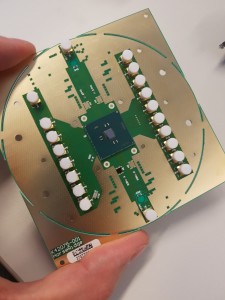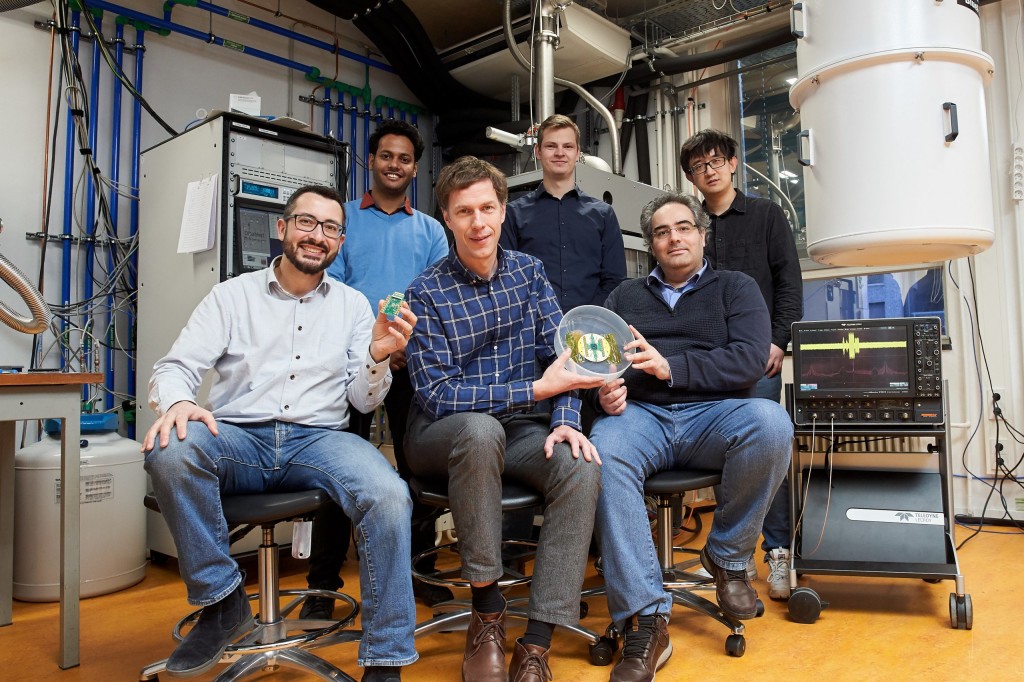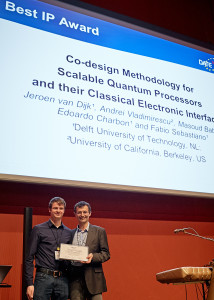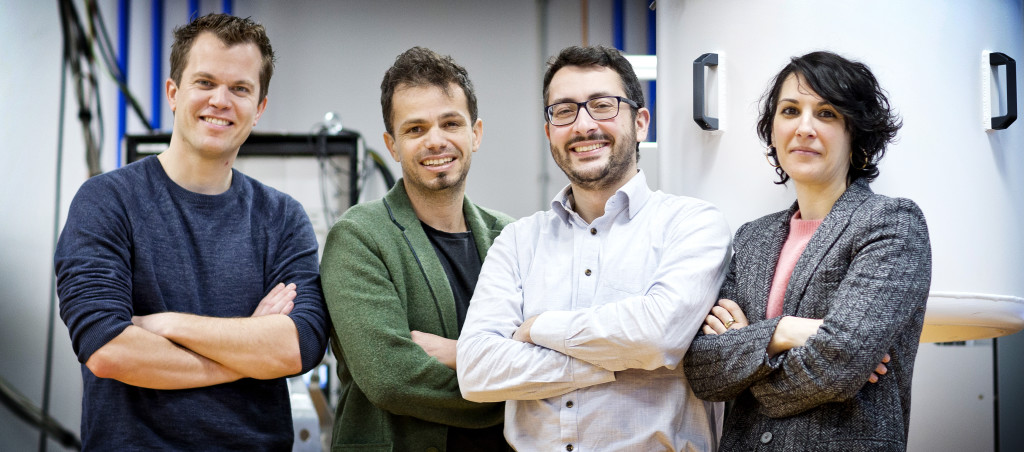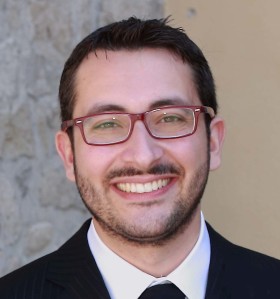Our latest work in the media!
QuTech has resolved a major issue on the road towards a working large-scale quantum computer. Together with Intel, we have designed and fabricated an integrated circuit that can operate at extremely low temperatures when controlling qubits, the essential building blocks of a quantum computer. This paves the way for the crucial integration of qubits and their controlling electronics in the same chip. After our presentation at the International Solid-State Circuit Conference (ISSCC) in San Francisco, the news has spread and has been picked up worldwide by the media.
More information:
- Full press release on QuTech website
- Press release at TU Delft
- Fact sheet
- The announcement on Intel’s website
- In other media
- Phys.org
- De Ingenieur
- The quantum daily
- Federatie van Technologiebranches (FHI)
- DataNews
- Dutch IT Channel
- DataNews
- Executive People
- Engineersonline
- Emerce
- Bits & Chips
- Tweakers
- Techzine
- AG connect
- Techzine BE
- Drimble
- Venture Beat
- Economic Times
- Techerati
- Computing.co.uk
- KitGuru
- HPC Wire
- Dutch Grid Forum
- Techzine.eu
- BCW
- Computer World Italia
- Geeksroom
- Tom’s Hardware
- Notasbit
- Infocity.az
- Investing.com
- Wnp.pl
- Punto informatico
- PClab
- Hardwareluxx
- Iksmedia
